
Performance
The control pod is entirely plug and play; no extra drivers or software needed. You use the front wheel to select what you want to adjust, and the top wheel to do the adjusting – usually click to disable/mute and rotate to increase or decrease volume or change the selected setting. The LED indicators around the top wheel are intuitive, and turn red when you disable or mute something. However, it would have been useful if the writing and symbols around the wheels were also backlit, as it can be hard to see what you're adjusting in the dark. The pod allows you to adjust the volume of the individual surround channels (in pairs, except for the centre and sub ones), the main volume as a whole, the microphone volume and the earcup lighting effects, and you can also choose between four gaming audio profiles, known as spectrums.As well as the wheel adjustments, the desktop controller offers four quick adjust buttons. The first switches between 7.1 and stereo mode. The Amp button enables and disables the headphone amplifier while the Mic button does the same for the microphone. Finally, the Speakers button switches audio output between the headset and your speakers, provided you've connected them. These four buttons all have built in LEDs so you know what's activated and what's not.
On the bottom of the unit is the ENC (environmental noise cancellation) switch. This uses a microphone on the pod to detect and attempt to eliminate distracting background noise from the main microphone. It's not likely to be used much (either you'll appreciate its effects or not), but we still think it would have been useful to have included this in an easy to reach location instead of having to fiddle around under the unit.
In speakers mode, you cannot switch between 7.1 and stereo as with the headset. This is not necessarily a problem, as when stereo content is played, the full range is sent through the front audio channel (the green jack), so you can just connect your 2.0 or 2.1 speakers here. However, if you play any surround content, the controller does not automatically convert into stereo, so you'll be missing any sound that's sent to the centre, side, rear or sub-channels. This means you'll have to ensure that your content is always in stereo, or at least adjust your software to output in stereo.
Similarly, stereo mode with the headset doesn't work by converting surround signals – if you play surround content in stereo mode, you'll still miss a lot of the sound. Instead, it works by by taking the stereo content and playing it through the front, side and subwoofer drivers, as opposed to playing it in 7.1 mode, whereby only the front channel drivers kick in. The effect is subtle: there isn't a massive difference between using stereo mode and using 7.1 mode with the front channel at maximum volume when listening to stereo content, but we did find that disabling 7.1 mode for music listening was best, giving us a louder signal and a slightly clearer mid-range. All in all, the Strix 7.1 handles stereo content well for a surround headset and listening to music is an enjoyable rather than a hampered or disappointing experience.
Generally speaking, the Strix 7.1 has a pleasing sound output, but don't be fooled into thinking these are audiophile level headphones. Even so, the bass is powerful, albeit a touch muddy, without being overbearing. The mid-range is handled well too; we were able to pick out individual elements with ease in crowded and distorted heavy metal tracks, for example, and busy battlefields don't descend into an inaudible mess of gunfire and explosions. Highs are clear and accurate too, though they're not as good as with the Qpad QH-90 or HyperX Cloud, for example. Sadly, there is evident and unpleasant distortion of sounds at high volumes, but the Strix 7.1 is loud enough that you don't need to go that high.
The independent sets of drivers provide clear benefits over virtual surround headsets. We did find it hard to distinguish between the side and rear channels when using speaker configuration test files, but the front and centre channels are very well positioned. For real life testing, we used Battlefield 4, which has a well-mixed surround sound setting and a series of movie files with 5.1 tracks. In both instances, we found the effects to be very pleasing. We're still not fully sold on surround headsets, but it's certainly a big improvement on any virtual solution we've heard, and it was definitely more satisfying playing with surround sound enabled.
The Strix 7.1 has four Game Spectrum modes to choose from. FPS Gunfire gives extra weight to bass and lower mid-range notes, while FPS Footsteps does the same for high and higher mid-range frequencies while suppressing bassier sounds to prevent gunfire and explosions drowning out footsteps. Both work well enough for their intended tasks, though the bass is a little overdone in the former and gaming is a lot less enjoyable and immersive with the latter; it's definitely only for the most competitive types. The Action/RPG focusses most on the mid-range and some bass frequencies while the racing one is low-end focussed in a bid to bring out engine rumbles. Again, they're pretty effective, and also work well for films and TV shows that fall into similar categories.
The microphone's performance is fine but nothing special – it picks up whispering clearly, and voices are recorded well over the sound of loud mechanical typing and moderate volume music, for example. The ENC switch is also effective for even louder background noises, although you definitely want to follow Asus's advice on keeping the pod at least 70cm away from you if you're using this feature. If you're closer, then it will pick up parts of your voice and try to remove it, resulting in fractured and sometimes hard to hear recordings.
Conclusion
The Strix 7.1 is undoubtedly a very nice headset. That said, if you just want good quality stereo sound, it can be had for a lot less money in the HyperX Cloud, for example. Alternatively, for the same price, stereo headsets and headphones will offer superior sound quality for listening to music. However, if you take surround sound seriously, you can't beat independent drivers. Virtual surround sound headsets are no match, although some like the Turtle Beach Ear Force Z60 can provide a pretty decent experience for significant cash savings. Ultimately, more drivers means more money, so the Strix 7.1 isn't bad value, and costs less than the Razer Tiamat 7.1 too. Since it's no slouch with stereo sounds either, and is comfortable and easy to use, it's also an effective all-rounder. Whether the high price is worth it or not, however, depends how much you value playing games and watching films in surround sound.
-
Sound Quality36 / 40
-
Design28 / 30
-
Value23 / 30


MSI MPG Velox 100R Chassis Review
October 14 2021 | 15:04

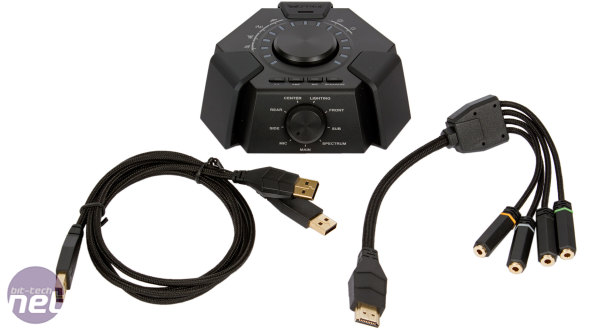
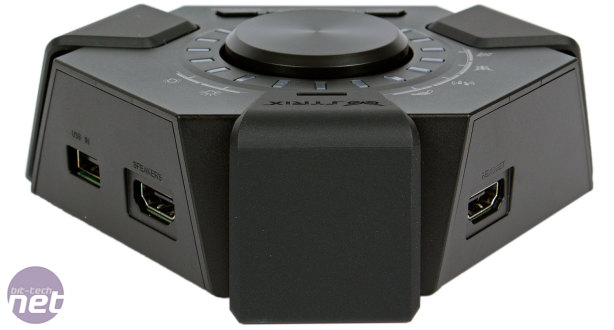
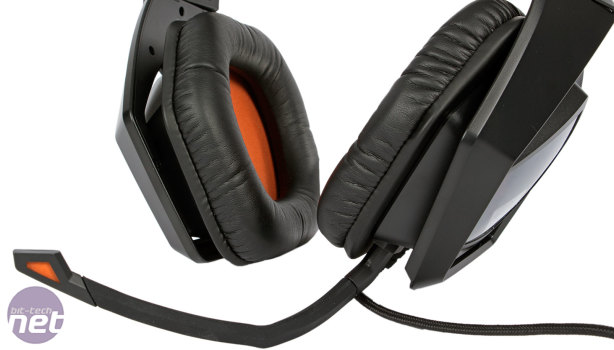
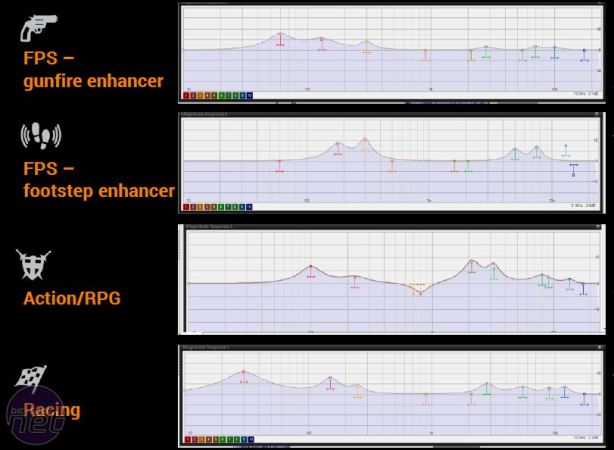
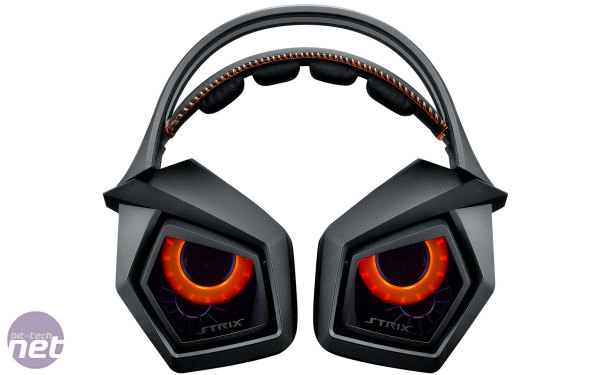







Want to comment? Please log in.